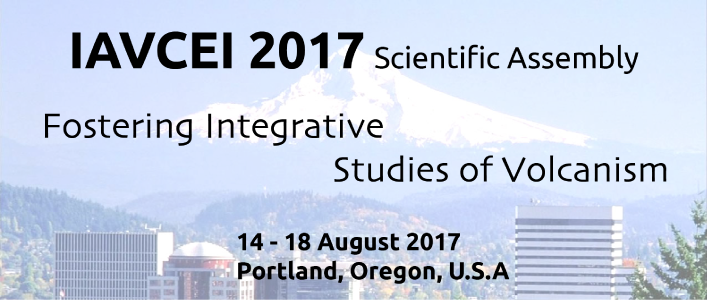SCIENTIFIC PROGRAM
I. Magmatism and tectonism
I.2 Relating magmatic-tectonic processes and volcano flank stability
Conveners:
Alessandro Bonforte, Istituto Nazionale di Geofisica e Vulcanologia, Italy; alessandro.bonforte@ingv.it
Emily Montgomery-Brown, USGS, California Volcano Observatory; emontgomery-brown@usgs.gov
Lauren N. Schaefer, University of Canterbury, Geological Sciences, College of Science, New Zealand, lauren.schaefer@canterbury.ac.nz
Mark Thomas, University of Leeds; m.e.thomas@leeds.ac.uk
Aline Peltier, Institut de Physique du Globe de Paris, Observatoire Volcanologique du Piton de La Fournaise, La Réunion, France; peltier@ipgp.fr
Volcanoes show a wide range of phenomena related to the interaction of magmatic and tectonic processes that can influence their activity and development. The morpho-structural setting of the volcano basement influences the stress regime and thus the seismic and volcanic activity. In turn, the growth of a volcano and the magma overpressure disturbs the regional tectonic framework, clamps and unclamps existing faults, and influences the ascent of magma-filled dikes. This can induce instability in the edifice, producing additional dynamics that are influenced by the structural architecture of the edifice. Thus, although flank movement is often observed at volcanoes, the interpretation of such events is challenged by the complex and evolving interactions between tectonic, magmatic, fluid, and gravitational processes. However, given the hazard implications of flank instability and collapse, there remains a critical need to parameterize and link these physical processes.
This session invites research efforts that observe, quantify, or model flank movements and their relationship to volcano-tectonic processes such as magma ascent and intrusion, regional and local tectonic settings, and volcanic activity. We encourage multidisciplinary contributions that integrate geological, petrological, geophysical, geochemical, and/or experimental data.


